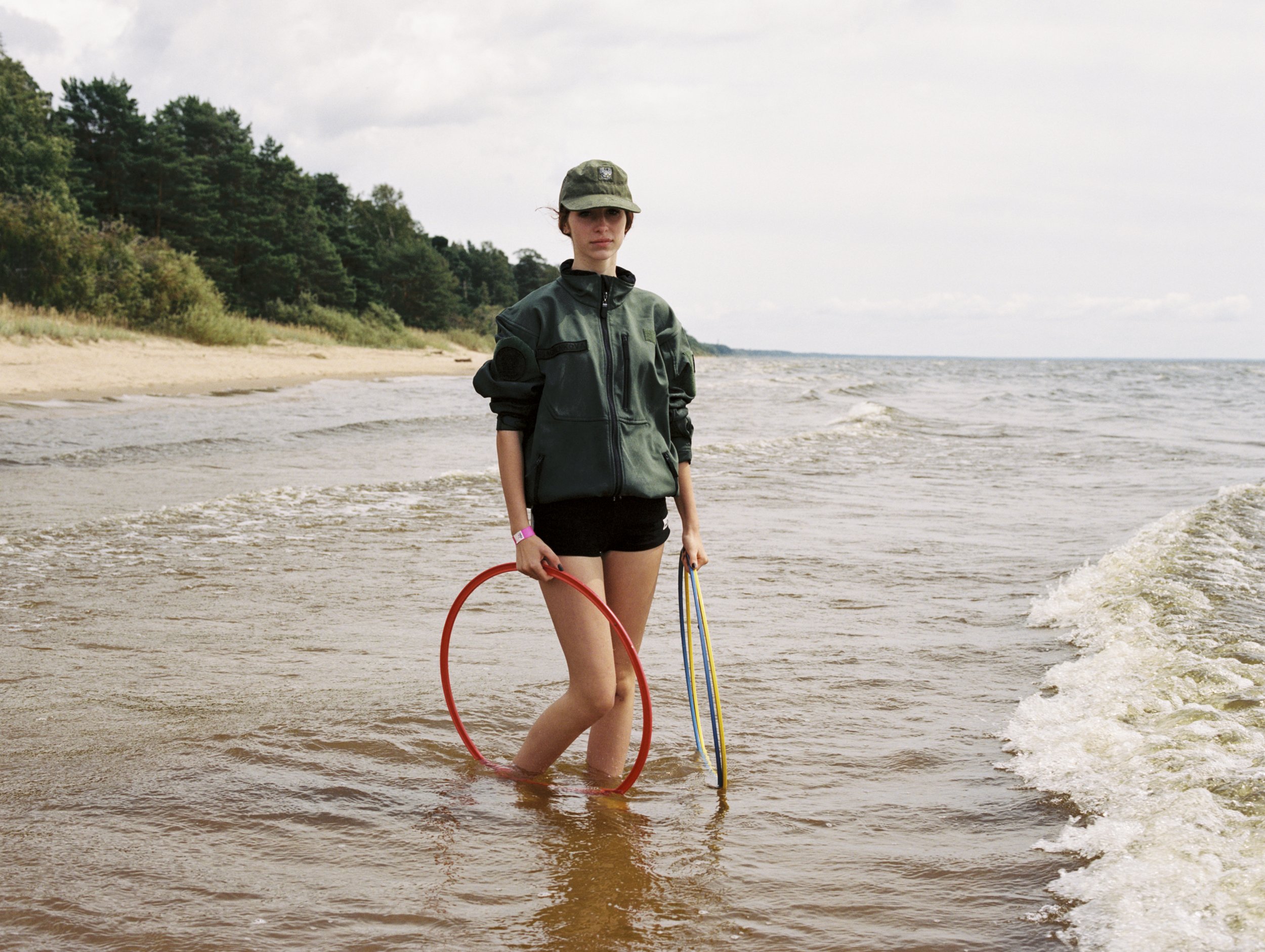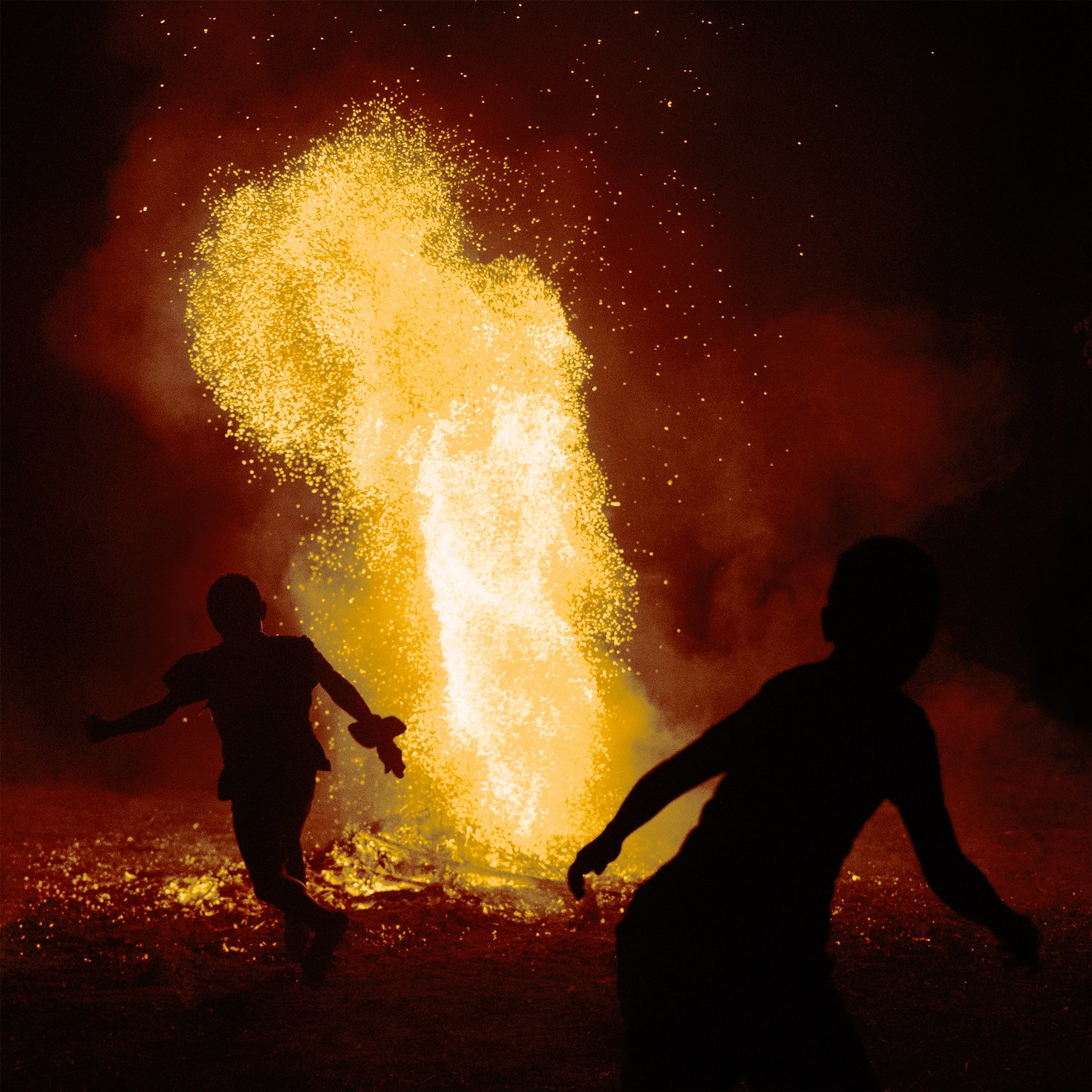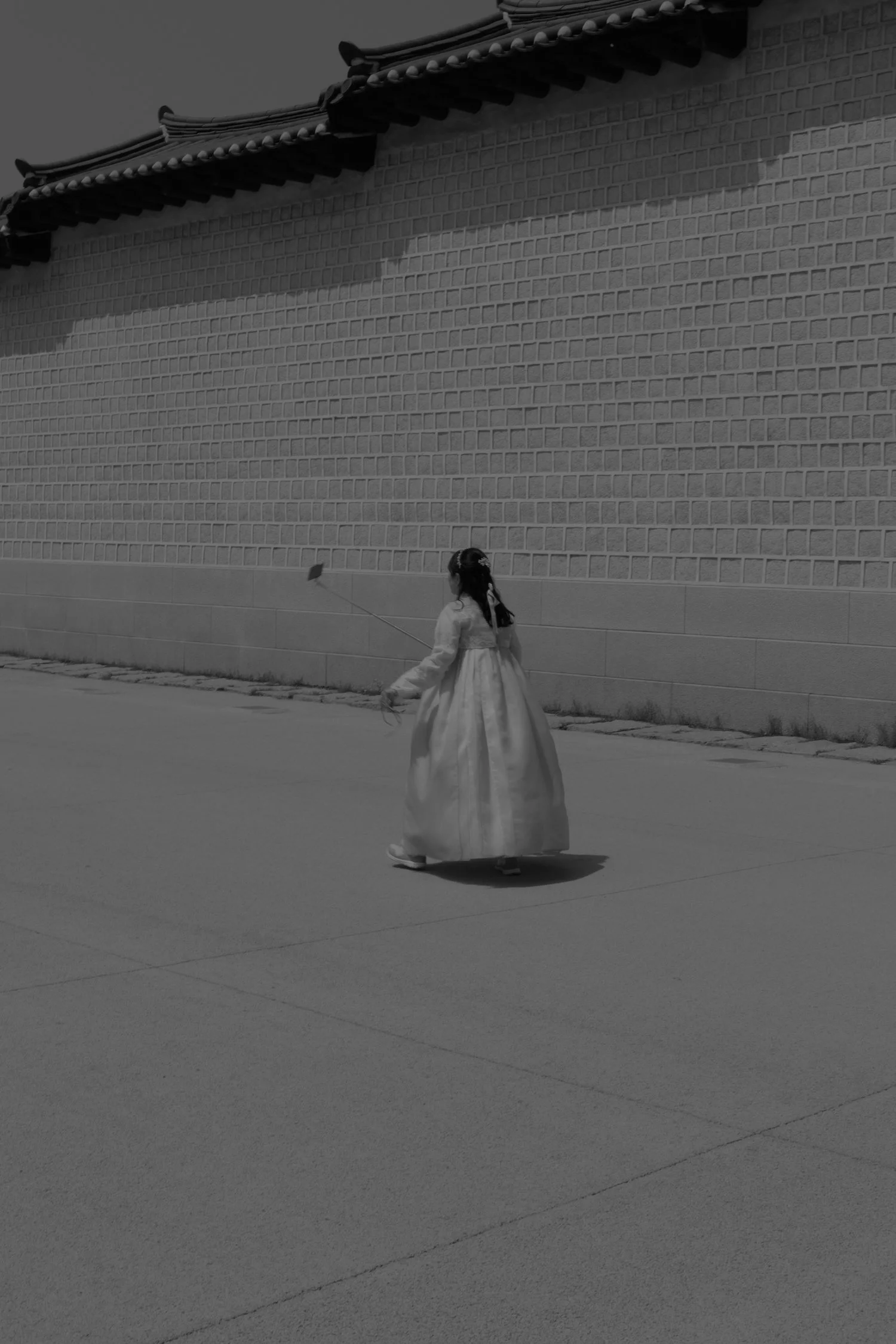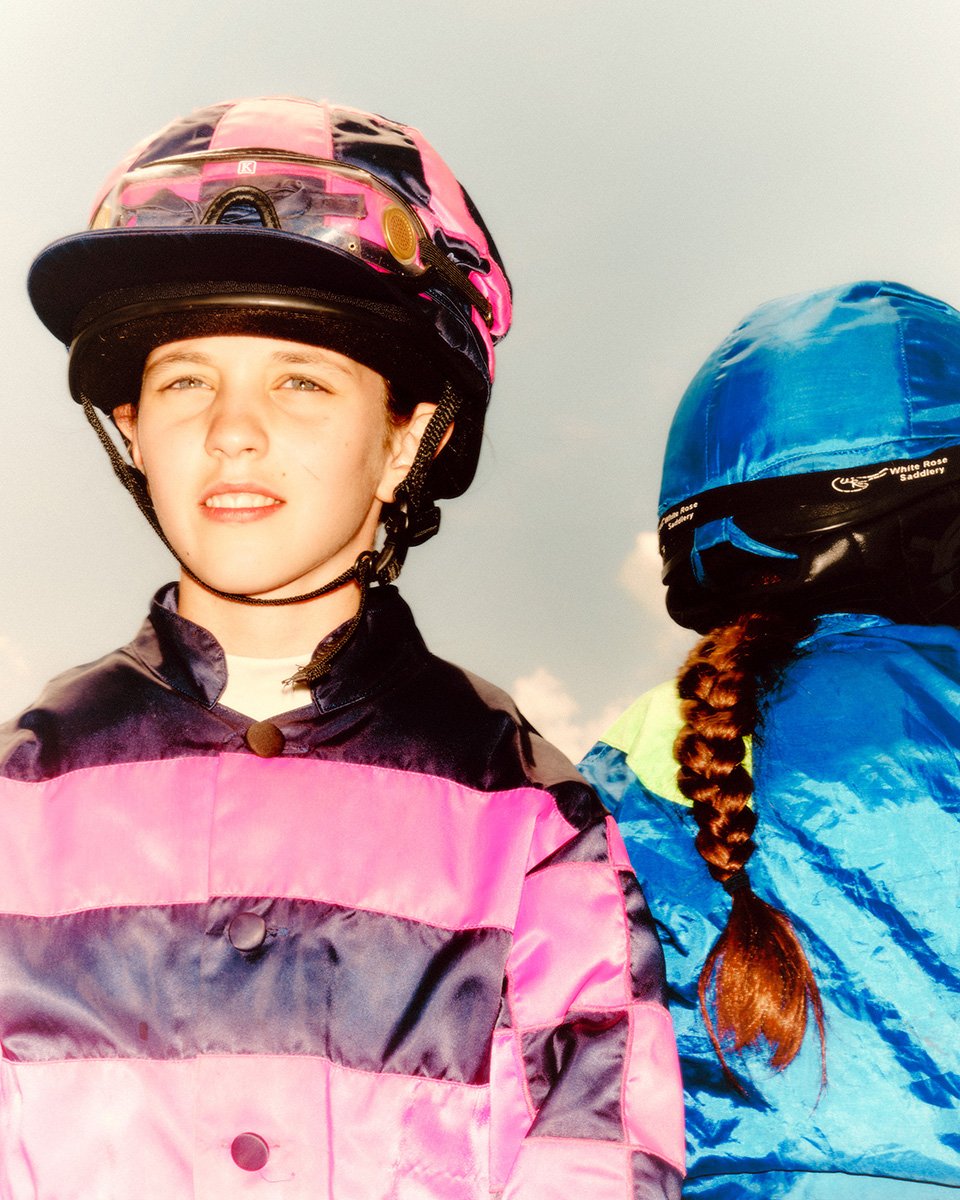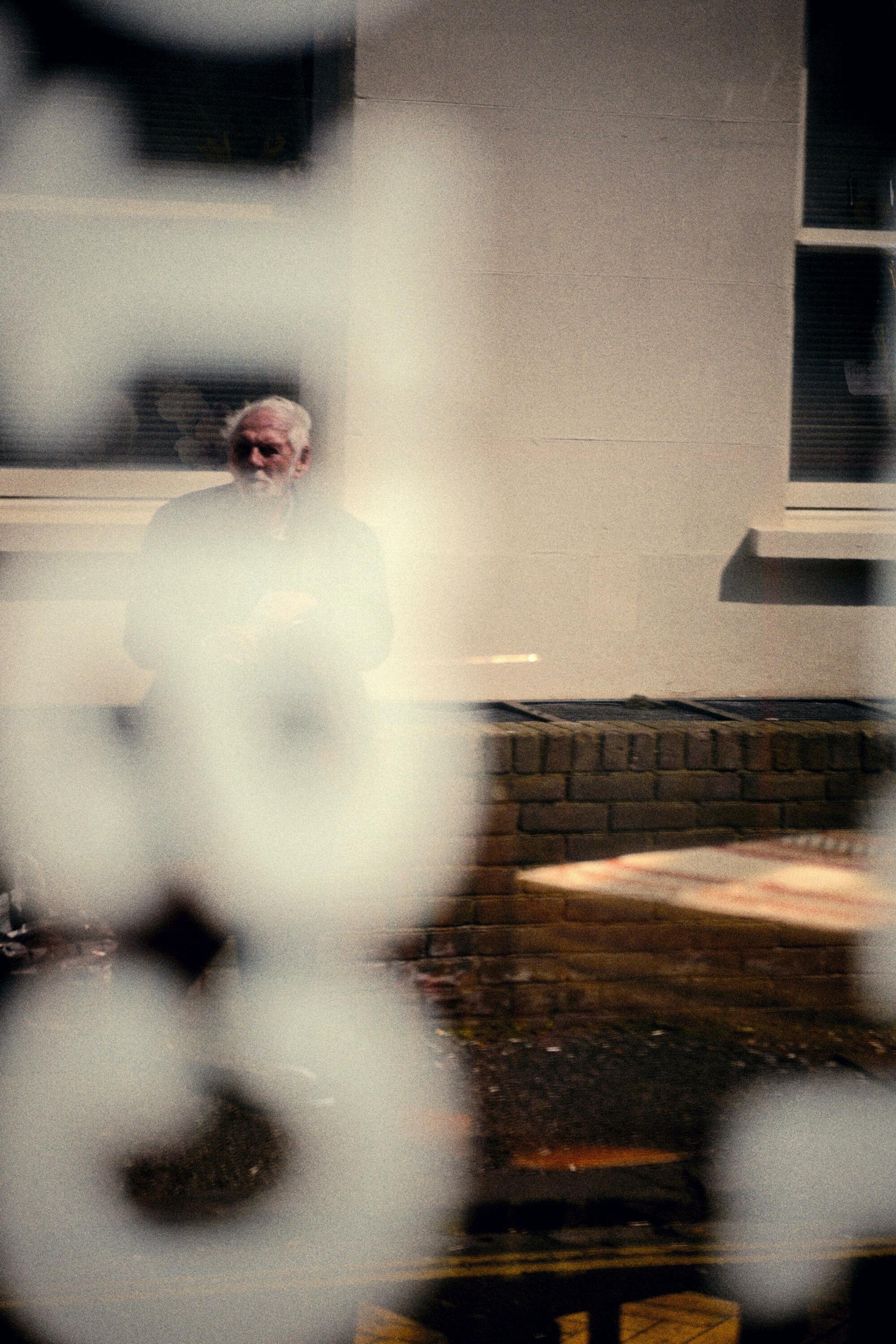Miguel Trillo, the rebellious photographer in post-Franco Spain
Miguel Trillo has been a source of inspiration for many young photographers in Spain. He dedicated himself to photograph the countercultural movement that changed everything. Through his lense we can understand that historical moment in the history of Madrid.
Interview Alex Amoros Miguel Trillo, Rock-Ola, Madrid 1981
Through your photos we can see how the Spanish youth wanted to break with everything and embrace freedom, the Madrid scene of the eighties "La Movida Madrileña”*. What was it exactly for you?
For me it was a set-up, a generational recycling. I turned 20 in 1973, the year in which emblematic albums such as ‘Dark Side Of The Moon’ by Pink Floyd, ‘Quadrophenia’ by The Who, ‘Aladdin Sane’ by David Bowie were released... but in Spain we had an autarchic political regime. That is why the doors opened after the death of Franco in 1975 and the democratic constitution three years later was a joy for all generations but for young people, even more so. And I chose the camera as my tool for expressing that enthusiasm.
*La Movida Madrileña was a countercultural movement that took place mainly in Madrid during the Spanish transition to democracy after the death of dictator Francisco Franco in 1975. The movement coincided with economic growth in Spain and a widespread desire for the development of a post-Francoist identity.
Personally, I find your fanzine project Rockoco very interesting – a series of portraits executed from 1980-1984. What was the intention of this project?
The fanzines were the result of the “Do It Yourself” of punk and alternative art in the 70s. For this reason, it was best to publish them anonymously,….the Francoist press law was not completely repealed. All the Rockoco photos were mine, the fact that it was not known who was behind it, that it seemed to be a product of a collective, gave it a more underground spirit. It was not known until 2017, when La Fonoteca revealed that I was the author. And then in 2019 the Lafuente Archive published the originals in a photo book. It has been an honour for me that this book, entitled 'Miguel Trillo, La Primera Movida', has been a finalist in the prestigious awards of the Rencontres de la Photographie de Arles in 2021 within the Historical Book Award section.
Miguel Trillo, Madrid 1980
Miguel Trillo, Madrid 1982
Miguel Trillo, Madrid 1980
What process did you follow to execute the physical and promotional process for Rockoco?
Well, the process was: developing the film, printing the photo, cutting, pasting, using the Letraset and Mecanorma fonts or writing them by hand with a marker pen... There were no computers. I promoted the fanzine by sending it by mail to radio music programmes, music and comic magazines and a some music critics working for newspapers. I used to sell them in different Record Stores and in El Rastro* because they could only be bought in Madrid.
*El Rastro de Madrid or simply el Rastro is the most popular open air flea market in Madrid. It is held every Sunday and public holiday during the year and is located along Plaza de Cascorro and Ribera de Curtidores, between Calle Embajadores and the Ronda de Toledo.
”For me it was a set-up, a generational recycling.”
Rock-Ola was a place of reference of that movement. We have seen that you also made an exhibition about unknown young people at the time and music references now, what was the subject selection you followed in your projects?
The Rock-Ola concert hall was our benchmark as the Cabaret Voltaire had been for the Swiss city of Zurich at the beginning of the 20th century. La Movida was surrealist and Dada. The international political world in the 1980s was taking steps backwards. In the USA, the ultraconservative Reagan ruled. And in the UK, Margaret Thatcher. In Spain, there was a great desire to move forward and the Rock-Ola venue was the axis of that desire for contagious enthusiasm. In Madrid, everything was very homemade, but the history of a new generation was beginning – the culture of a country that came from a long dictatorship. I remember as a milestone in July 1981 the Spandau Ballet concert, when they were huge in the UK. We were not used to live things at the same time as the great European capitals.
Miguel Trillo Rock-Ola, Madrid 1981
Miguel Trillo, Rock-Ola, Madrid 1982
Miguel Trillo, Rock-Ola, Madrid 1983
“There was a thirst for evil and a desire for recreation.”
Miguel Trillo, Rock-Ola, Madrid 1984
Miguel Trillo Almodóvar & McNamara
Your 80s work shows us different urban tribes in Madrid. What makes these tribes different and similar? What process did you follow to get the snapshot you were looking for?
I let myself go, nobody was aware that they were living something transcendental, but at the same time they were aware that everything was new. We weren't that many, so the mods, the rockers, the punks, the goths knew me because they used to see me at concerts. I was already like family to them. There weren't that many places either, so the scene was small and the possibility of meeting was high.
Do you consider that through your photographic legacy of that period you have been able to show a different version and vision of Spain?
The legacy thing sounds postmortem but one virtue is that I have stayed alive, I am close to turn 70 and the important thing is that I didn't get stuck – I continued photographing later generations: emos, otakus, reggaeton, trap... That has given me credibility. I have become a diverse person that combines with any aesthetic at any time. Anyone who visits my Instagram (@migueltrillo_image) can see that all ages follow me and that I am talking about all generations. It is as if I have become a specialist of alternative or underground youth culture, although now with social networks the concept of underground is very questionable.
Miguel Trillo, Madrid 1981
Miguel Trillo, Madrid 1981
Miguel Trillo, Madrid 1980
Miguel Trillo, Madrid 1986
Which are your best memories after having documenting that rebellious and anti-system process has that changed the Spanish culture?
La Movida was the curvature of a vicious circle, there was a thirst for evil and a desire for recreation, but there was also a need for artistic disciplines. Art needs many hours of work. La Movida mixed freedom with hedonism. Lots of work and lots of fun. We were nocturnal intellectuals – after-hours artists. That is my best memory – we left a volcanic footprint in the memory of the country. We made headlines in the 1980s Europe with a desire for freedom and solidarity that culminated in the fall of the Berlin Wall in 1989. Perhaps it was the last decade of an optimistic world.
Miguel Trillo, Rock-Ola, Madrid 1983















